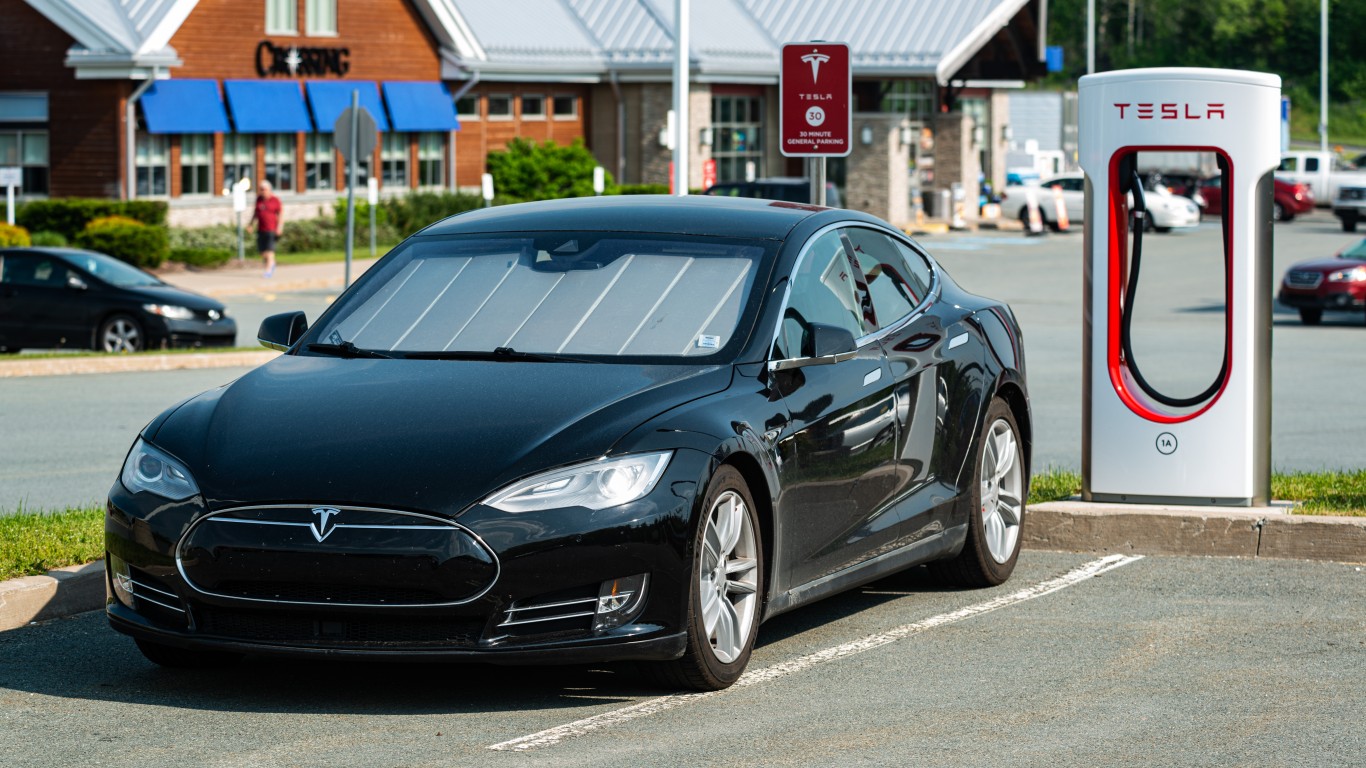Cars and Drivers
Tesla Model S Lease vs Buy: Which is a Better Value for You?

Published:

Driving a Tesla (NASDAQ: TSLA) will cause tons of people to turn and look at you when you go by. If you have one of the nicer models, like the Model S, they’ll probably do a double take. Tesla has become known as one of the premier car brands to shoot onto the scene in the last few years. One of the reasons they’ve had such a fast rise of late is the ability to charge them. When Tesla first came out, it was hard to find public charging areas. Today, there are tons of different charging stations in every state. One of the biggest debates about getting into a Tesla is buying or leasing it. If you’re unsure about what you want to do with the Model S, then you’re in the right place. Let’s take a look and compare what’s better.

Before we dive into the numbers, let’s make sure everyone understands what it means to lease a car. When you lease a car, you’re essentially renting the car from the dealership for a certain amount of time, typically three years. Within those three years, you can’t drive more than an average of 10,000 miles per year. One of the most important things to remember is you can’t use any of the money you paid for your lease towards purchasing the car once the lease is up. If you wanted to continue driving the car, you’d have to start all over with payments. Now that leasing a car is cleared up, let’s look into the numbers.
To lease a Tesla Model S, the first thing you’ll have to do is put down $10,000. The monthly payment for a lease for the Model S is going to cost you $1,100, and that’s the cheapest option. After doing the math, you’ll have paid $49,600 into this lease. This isn’t including the taxes and fees you’ll also have to pay based on the state where you lease the car from. Now, let’s take a look at the numbers for buying a Model S.

When you buy a car, you’re free to do whatever it is you want to with it. There’s truly no limit to how much you can drive, that depends on the engine and how long it lasts. You also get to drive the car for however long you want, since there’s no pressure to return the car by a certain date. In 2023, the average Model S costs $74,990. For our calculations, we are going to assume you’ll pay the loan back in 60 months, get an interest rate of 9%, and put down $10,000 to match the lease option. We are also going to assume living in California for tax purposes since it’s the most populated state.
Taking all of these factors into account, you’ll be paying a total of $1,349.09 per month. After the 60 months is up, you’ll have paid a total of $100,429.29 for the Tesla Model S., these numbers are subject to change based on the duration of your loan, the amount you put down, and the state you live in. Overall, you’ll be paying $249 more per month to fully own the car. Let’s talk about if you should buy or lease the Model S.

If you’re in the market for a Model S, you’re probably pretty comfortable financially. The cost per month probably won’t be a huge factor for you. However, only having to pay $250 more per month is a pretty good deal to be able to own the car. You also won’t be subject to having to stay within a certain mileage or only be able to drive the car for a certain amount of time. Once the time for leasing a car is up, you’re going to have to hop into a new car right away. Odds are you won’t want to downgrade the car you’re going to drive now from the car you’ve driven for the past three years. You won’t be able to put any of the nearly $50,000 towards keeping the Model S you leased.
If you’re looking into a Model S, you’re more than likely already familiar with how great Tesla cars are, so you aren’t having to test it out. Buying the Model S allows you to have the car paid off sooner and be settled in it. There are times when leasing a car makes a ton of sense. However, when it comes to the Model S, it makes so much more sense to outright buy it.
Credit card companies are pulling out all the stops, with the issuers are offering insane travel rewards and perks.
We’re talking huge sign-up bonuses, points on every purchase, and benefits like lounge access, travel credits, and free hotel nights. For travelers, these rewards can add up to thousands of dollars in flights, upgrades, and luxury experiences every year.
It’s like getting paid to travel — and it’s available to qualified borrowers who know where to look.
We’ve rounded up some of the best travel credit cards on the market. Click here to see the list. Don’t miss these offers — they won’t be this good forever.
Thank you for reading! Have some feedback for us?
Contact the 24/7 Wall St. editorial team.